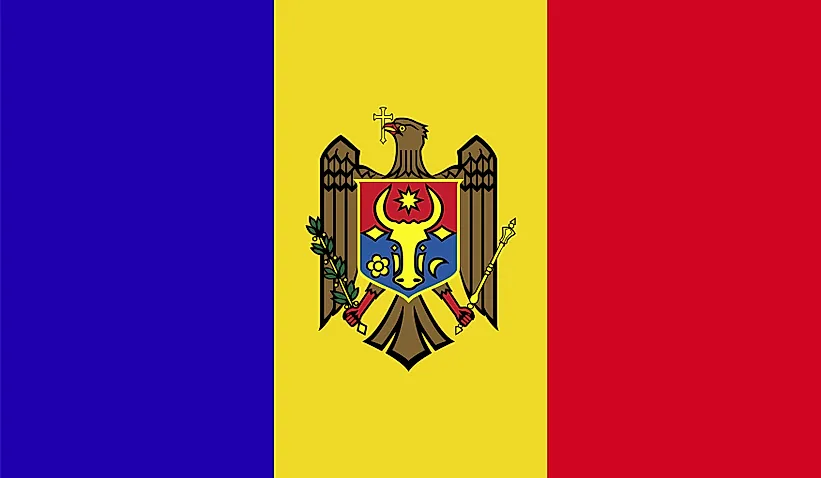
モルドバ
| 大陸 | ヨーロッパ |
| 資本金 | キシナウ |
| 人口 | 3,510,485 |
| GDP | $185.4億ドル |
| 一人当たりGDP | $5,200 |
| ダイヤルコード | +373 |
| ISOコード(2文字) | MD |
| ISOコード(3文字) | MDA |
モルドバの風景






モルドバについて
モルドバへようこそ。東欧の伝統と現代的な願望が融合した国です。人口約260万人、面積33,846平方キロメートルのモルドバは、ワイン造りの伝統と豊かな農業の伝統を併せ持ち、ヨーロッパの隠れた宝石のひとつとなっています。
地理的特徴と自然の美しさ
モルドバの地形は、なだらかな丘陵地帯、肥沃な平野、多くの河川渓谷に囲まれている。標高差も緩やかで、最高地点でも430メートルと、農業やブドウ栽培に理想的な条件を備えている。
中央部には絵のように美しいコドリ森林保護区、数多くの鍾乳洞、ドニエステル川とプルート川の風光明媚な渓谷がある。変化に富んだ地形は、多様な生態系と農業活動を支えている。
保護地域には、プラウル・ファグルイやコドリイなどの科学保護区があり、原生林の生態系を保護している。同国の環境保護への取り組みは、持続可能な農業を支援しながら自然遺産を保護することに重点が置かれている。
文化遺産と伝統
モルドバの文化は、ルーマニアとスラブの影響が融合した独特のものだ。この国の遺産には、独特の民族音楽、伝統舞踊、石灰岩の崖に彫られた見事な修道院などがある。
伝統芸術には、じゅうたん織り、陶芸、木彫りなどがある。音楽と舞踊の伝統、特にエネルギッシュな「ホラ」ダンスは、今でも文化的な祝典や祭りの中心となっている。
モルドバ料理は、東欧の影響を受けた料理がミックスされているのが特徴で、特産品としては、マンマリガ(トウモロコシ粉の粥)、サルマーレ(ロールキャベツの詰め物)、そして有名なワインが挙げられる。数千年前から続くワイン造りの伝統は、今でも文化的アイデンティティの中心となっている。
歴史の旅
モルドバの歴史は、古代文明から中世の諸侯国、ソビエト時代、そして独立にまで及ぶ。この地域は、その歴史を通して様々な文化や大国の影響を受けてきた。
重要な時代には、モルドバ公国、オスマン帝国の影響、ロシア帝国の支配、ルーマニアの統合、ソビエト時代、1991年の独立などがある。この国の歴史的経験は、独自の文化的アイデンティティを形成してきた。
現代の経済状況
今日のモルドバ経済は、農業、食品加工、ワイン生産に重点を置いている。モルドバは、肥沃な黒土と農業に適した気候で知られている。
最近の取り組みとしては、農業の近代化、ITサービスの開発、エネルギー効率の改善などが挙げられる。EUとCIS諸国の間に位置するモルドバの戦略的立地は、経済発展の機会を提供している。
国際関係とグローバルポジション
モルドバは、東西両国との関係のバランスを取りながら、欧州のパートナーシップ・プログラムに積極的に参加している。EUとCISの間に位置するモルドバは、その国際関係に影響を及ぼしている。
ご存知でしたか?
- モルドバのミレシュティ・ミチのワイナリーは、世界最大のワイン・コレクションを所蔵している?
- この国のオルヘイウル・ヴェチ修道院群は、自然の石灰岩の崖に彫られている。
- モルドバはかつて、その農業生産性の高さから「ソ連の庭」と呼ばれていたが?
- ヨーロッパで最も農地利用率が高い国のひとつである。
結論
モルドバは、農業遺産と文化的伝統が融合したユニークな国である。なだらかなブドウ畑から古代の修道院まで、伝統的なお祭りから近代的な発展への願望まで、モルドバは独自のアイデンティティを守りながら進化し続けている。経済発展や地域統合などの課題に取り組む中で、モルドバは持続可能な成長を促進しながら、卓越した農業にこだわり続けている。